
Posted by Rob Whalley
RFI, RFP, and RFQ: Navigating the Facilities Management Software Procurement Process
Procuring a Facilities Management (FM) software solution—whether a CAFM or CMMS system—is a significant investment. To ensure the best fit for your organisation’s operational needs, it's vital to follow a structured procurement process. That’s where RFI, RFP, and RFQ come into play.
These three formal procurement tools help guide organisations through evaluating vendors, comparing solutions, and selecting the right partner. But what do they mean, and when should you use each?
What is an RFI? (Request for Information)
An RFI is an exploratory document issued early in the procurement process. Its purpose is to gather general information about the market and available solutions. It’s ideal when you're unsure which vendors can meet your needs or you want to benchmark the industry.
Use in FM Software Procurement:
- Identifying suitable vendors for CAFM or CMMS systems
- Understanding capabilities like mobile support, SFG20 compliance, asset lifecycle tracking, and reporting
- Evaluating innovation trends such as IoT integration or BIM compatibility
Key Features:
- High-level requirements
- No pricing requested
- Helps shape future RFP or RFQ
What is an RFP? (Request for Proposal)
An RFP is used once you have a clearer idea of your needs and want vendors to propose how they would meet them. It focuses on detailed requirements, implementation strategies, support models, and pricing.
Use in FM Software Procurement:
- Replacing a legacy system
- Implementing a comprehensive solution across multiple sites
- Evaluating value beyond price—such as usability, scalability, integration, and support
Key Features:
- Custom responses expected
- Includes functional, technical, and operational requirements
- Weighted evaluation criteria (e.g., security, compliance, roadmap)
What is an RFQ? (Request for Quotation)
An RFQ is used when the requirement is clearly defined and the only variable is price. It’s best for straightforward purchases or known configurations.
Use in FM Software Procurement:
- Purchasing additional licenses or modules
- Engaging with pre-approved or known vendors
- Price-focused procurement with minimal variation
Key Features:
- Clear specification
- Standardised response format
- Cost-driven evaluation
Summary: When to Use RFI, RFP, and RFQ
| Document | Purpose |
When to Use |
Key Output |
RFI |
Information gathering |
Early-stage research |
Market landscape, vendor shortlist |
RFP |
Proposal solicitation |
Complex projects or system changes |
Comprehensive solutions & scoring |
RFQ |
Price comparison |
Known specifications |
Quotes for defined deliverables |
Tips for a Successful FM Software Procurement Process
- Start with an RFI if you're unfamiliar with the market.
- Use an RFP to evaluate capabilities, not just price.
- Apply an RFQ only when specifications are set in stone.
- Be clear and consistent with evaluation criteria.
- Ensure internal stakeholder engagement throughout.
Conclusion
Choosing the right procurement path—RFI, RFP, or RFQ—can make a significant difference when selecting a Facilities Management software provider. Each has a distinct purpose and place within the decision-making journey. By aligning your procurement strategy with your organisational maturity and requirements, you can ensure a smoother selection process and a better outcome.






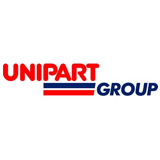



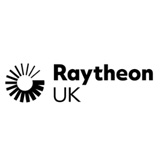

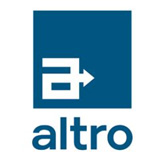
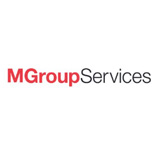
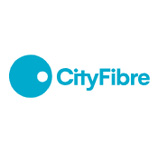
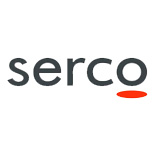

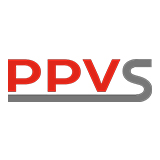

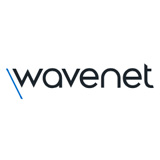
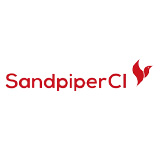

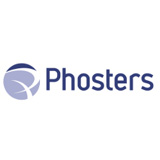
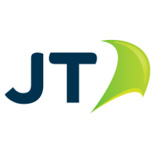
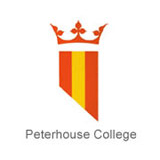
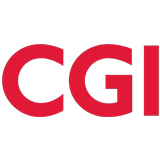
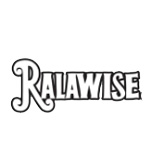

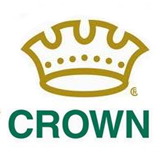
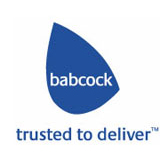



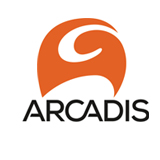
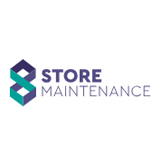







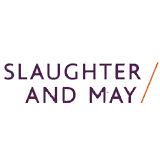


Follow us:
GDPR (Data Privacy)
Disclaimer
COVID-19